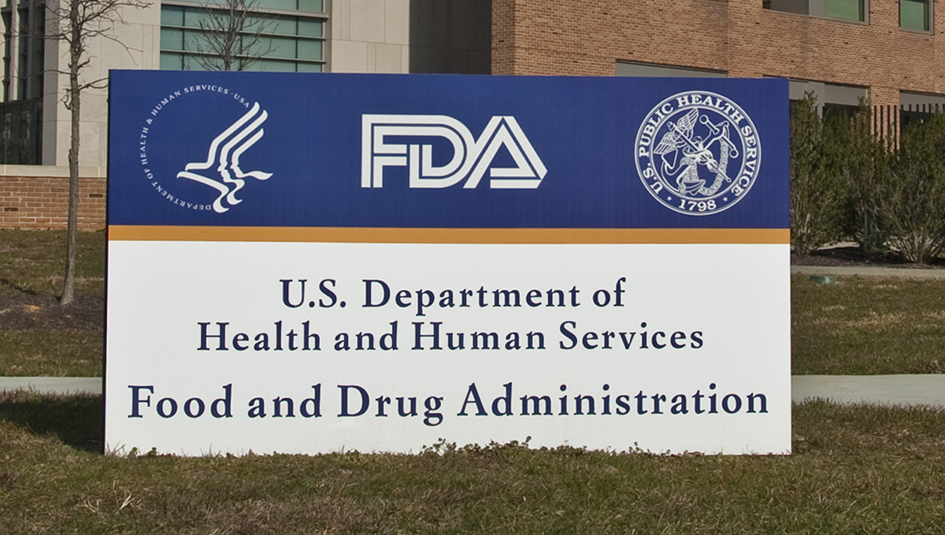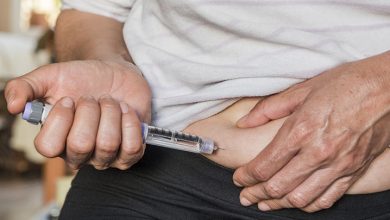A Push to Expand Insulin Access in Pennsylvania Schools

Getting a diabetes-related bill passed requires perseverance and a bit of luck. Bills can die in a number of ways before being voted on by lawmakers, and it’s usually because of the sausage-making process of legislating rather than the bill’s own merits. A legislative effort that would expand insulin access in Pennsylvania schools provides a good example of this sometimes-convoluted process.
In 2015, Debbie Healy and Karen Lantz, two diabetes advocates who helped create the Facebook group PA Residents for Diabetes Legislative Reform, successfully lobbied passage of a diabetes education measure in the Quaker State. That measure, based on a similar law in North Carolina, encourages physicians to offer parents education on the symptoms of Type 1 diabetes, and to warn of the danger of missing a Type 1 diagnosis.
Capitalizing on that momentum, the group is now behind a renewed effort to amend the state’s education code to allow non-licensed school personnel to administer insulin to school children, and to remove obstacles to self-administration of diabetes medications. The bill, H.B. 1625, is based on the American Diabetes Association’s Safe at School policy drive. A similar bill stalled out in the Pennsylvania legislature in August 2015.
Recently, state representative Matthew Baker filed a memorandum in the Pennsylvania House of his intent to revive that bill. Forty colleagues joined Rep. Baker as sponsors, including Rep. Ryan MacKenzie, sponsor of the previous diabetes education measure that passed in 2015.
This time, the bill includes language to shield those who administer medication from liability. This language was included to win votes, even though Pennsylvania, like nearly every other state, already has statutes to protect those who voluntarily render emergency medical aid from civil and criminal liability.
At first, there was some good news. On December 17th, 2015, the new bill passed the House by a 68 percent margin, not as strong as hoped, but still progress. It has gone on to the Senate, where it was referred to that legislative body’s Committee on Education. At publication time, the bill hadn’t yet been placed on the committee’s calendar.
However, back in the House of Representatives, the bill’s future has gotten a lot more complicated as the substance of H.B. 1625 has been rolled into another bill, H.B. 530. This is a much bigger bill that addresses, among other matters, bond financing for public schools, truancy, background checks for employees, and charter schools. The danger here is that the diabetes language could easily get lost in the shuffle. The insulin provisions could easily get left on the cutting room floor to get the large bill passed, or it could go down with the ship if this large bill gets voted down. Also, Healy and others are concerned that the Senate could, in deference to the House’s moves, fail to act on H.B. 1625 and allow it to die in committee.
At this point, Healy and others have undertaken an effort to jailbreak the diabetes care language from the bigger education bill. They have begun a petition-your-senator campaign to get senators to file the diabetes access measure as a stand-alone bill. A search of Pennsylvania’s legislative bill tracking service at publication time didn’t turn up a newly filed bill, or an amendment to any other senate bill which would address that. We will keep you posted on any movement on these bills.
This process illustrates how hard diabetes advocates must work to enact new laws to improve the lives of people with diabetes. The diabetes community is indebted to them for their service.
Thanks for reading this Insulin Nation article. Want more Type 1 news? Subscribe here.
Have Type 2 diabetes or know someone who does? Try Type 2 Nation, our sister publication.







